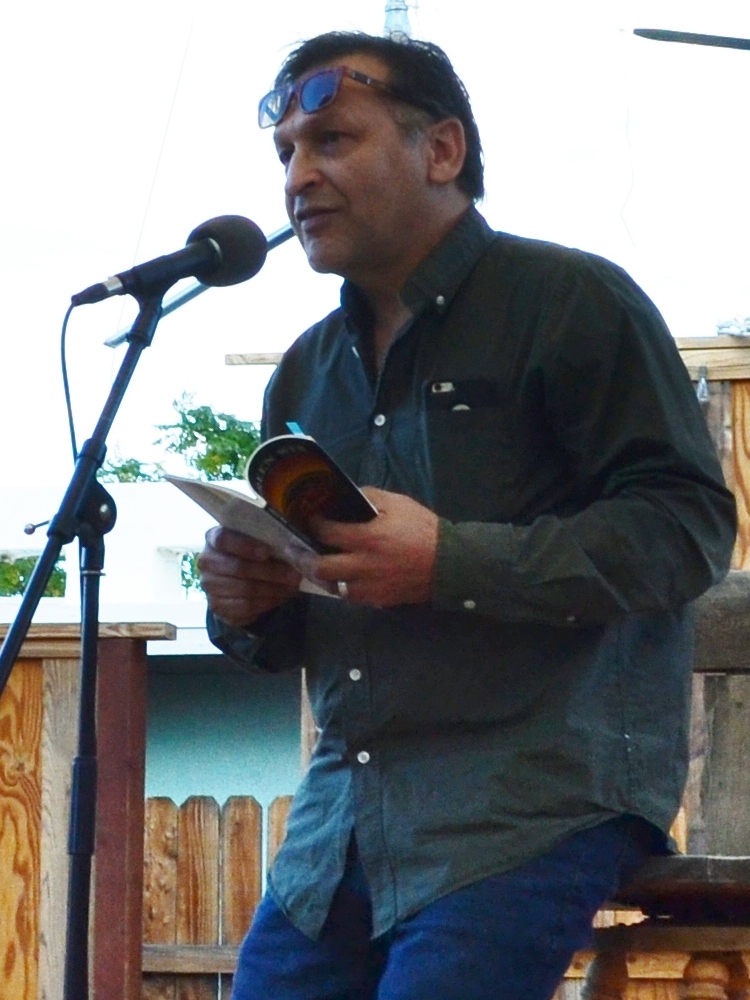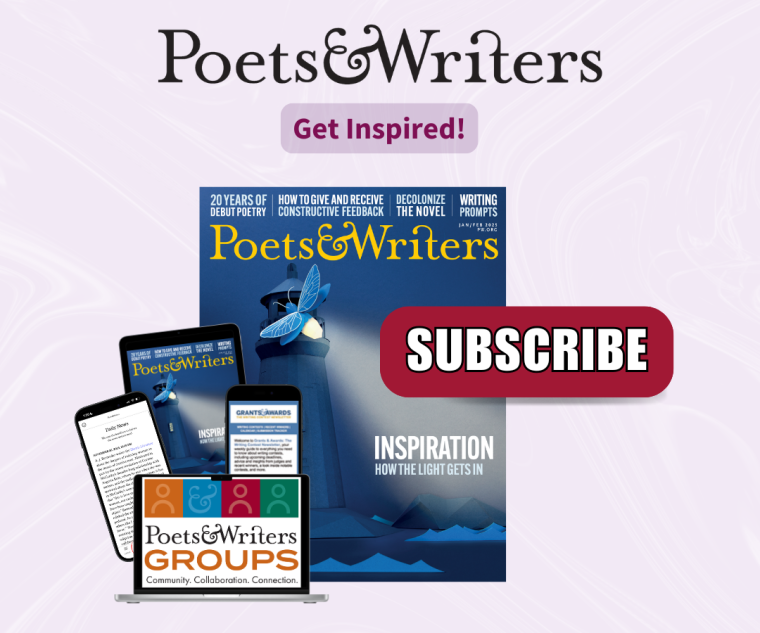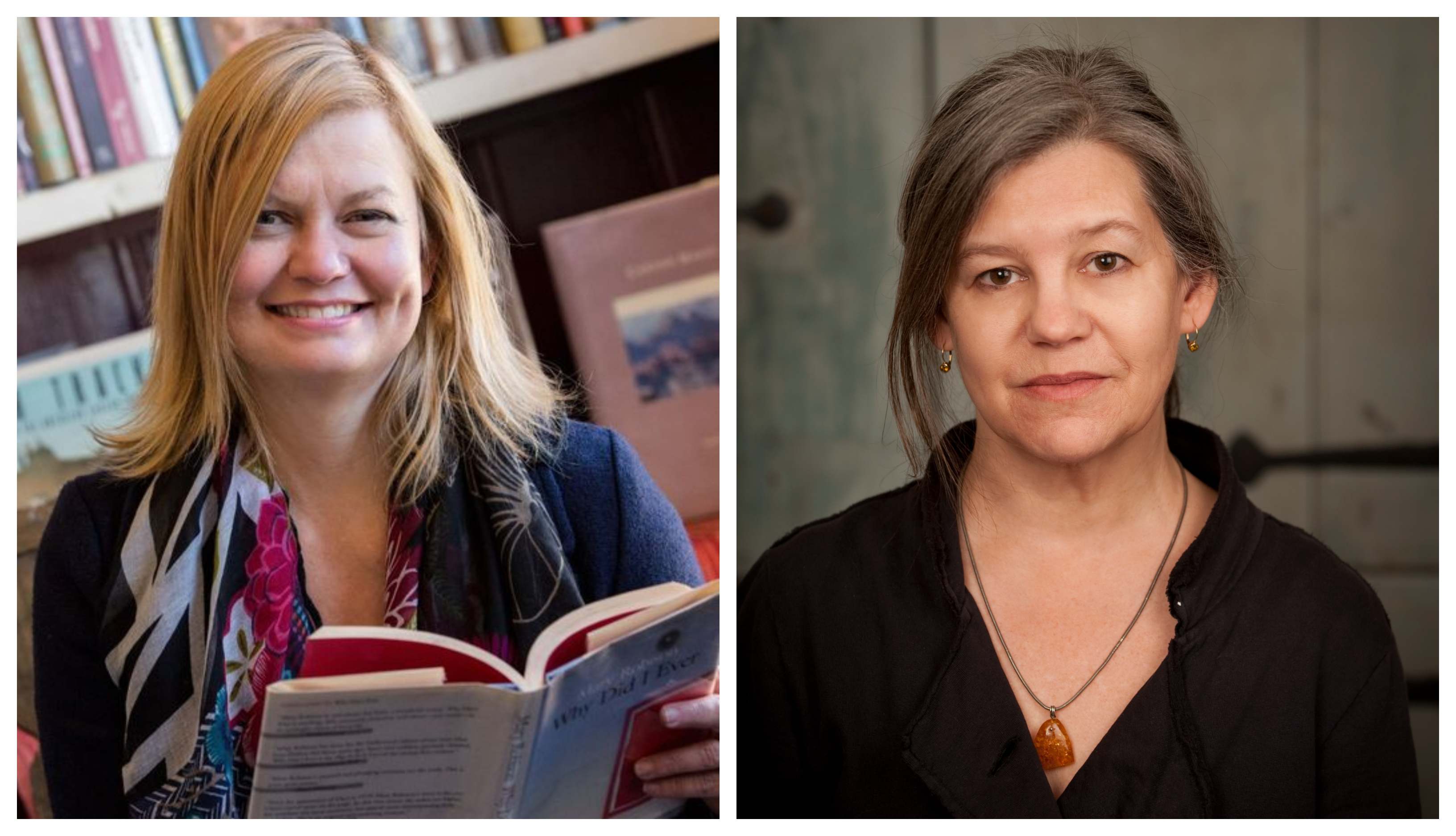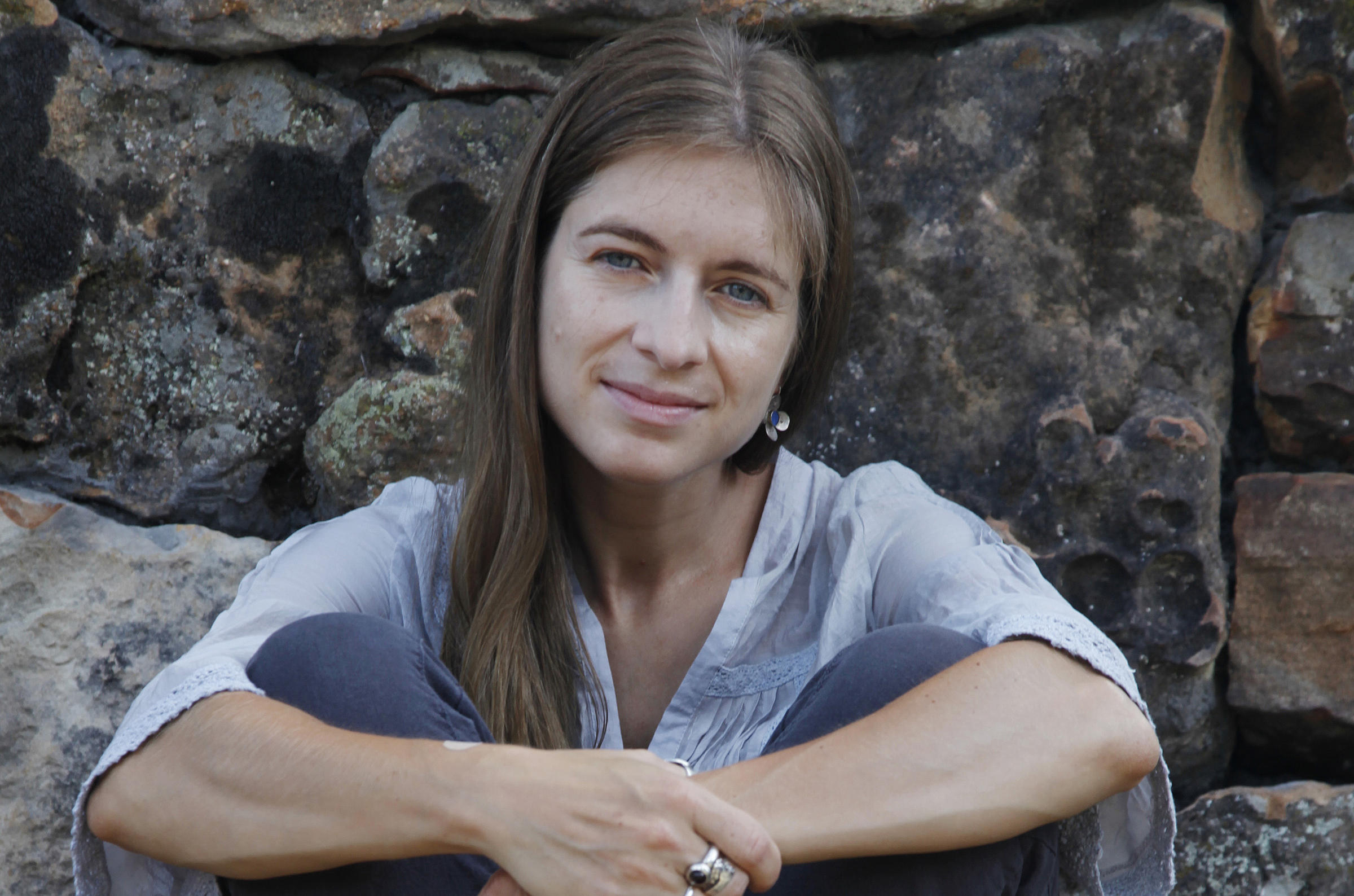Rich Soos is the editor of Cholla Needles, which publishes a monthly literary magazine and poetry collections by local authors of the Joshua Tree community in California’s San Bernardino County. The Cholla Needles Arts & Literary Library aims to keep people excited about poetry through writing workshops and a monthly reading series. Soos is the author of over twenty poetry collections and was the editor for Seven Stars Poetry from 1973 to 1998.
The name of the magazine, Cholla Needles, came from a poem I wrote after I fell on a cholla cactus and its needles stuck in my hand and foot. When I made the decision to start a new magazine, I used that poem to inspire my mission statement—asking writers to submit poems that would “stick with you” and make the magazine memorable.
 Each monthly issue of Cholla Needles is celebrated with an open reading and a featured poet. The readings take place outdoors in the beautiful desert of Joshua Tree, California, on the second Sunday of each month.
Each monthly issue of Cholla Needles is celebrated with an open reading and a featured poet. The readings take place outdoors in the beautiful desert of Joshua Tree, California, on the second Sunday of each month.
The audience of forty to fifty neighbors is often joined by visitors from around the world, there to explore Joshua Tree National Park. Readers have come from many countries including Ireland, India, Britain, Italy, Germany, and Brazil. Hardcore locals arrive each month too, no matter what the heat (even at 110 degrees in summer), because it’s simply a joy to celebrate poetry together.
In October, our reading began with a dance performed by youngsters from the community to a new poem by Kim Martin. The party continued with twenty-one other readers, and then the featured reader Juan Delgado, who shared poems from each of his fine collections.
Juan traveled “up the hill” from his home several hours away to delight the audience with early poems that celebrate the joy of youthful discovery, and poems from his newer collections, which celebrate how the passing of old friends enhances our deep understanding of life.
Our featured readers are supported in part by a grant from Poets & Writers’ Readings & Workshops program. This support allows us to have poets visit from outside the area and keep our monthly parties fresh and exciting. There is tremendous appreciation from featured readers and audiences for Poets & Writers’ support. It provides a sense of pride knowing that someone from outside the area cares enough to help out in this way.
The time and location for our monthly readings are announced on our website. Visitors to the area are always welcome to bring their own work to share with us during the open reading portion of the party.
Support for Readings & Workshops in California is provided by the California Arts Council, a state agency, and the National Endowment for the Arts, a federal agency. Additional support comes from the Friends of Poets & Writers.
Photo: Featured reader Juan Delgado at Cholla Needles (Credit: Bob DeLoyd).






 Each monthly issue of Cholla Needles is celebrated with an open reading and a featured poet. The readings take place outdoors in the beautiful desert of Joshua Tree, California, on the second Sunday of each month.
Each monthly issue of Cholla Needles is celebrated with an open reading and a featured poet. The readings take place outdoors in the beautiful desert of Joshua Tree, California, on the second Sunday of each month.